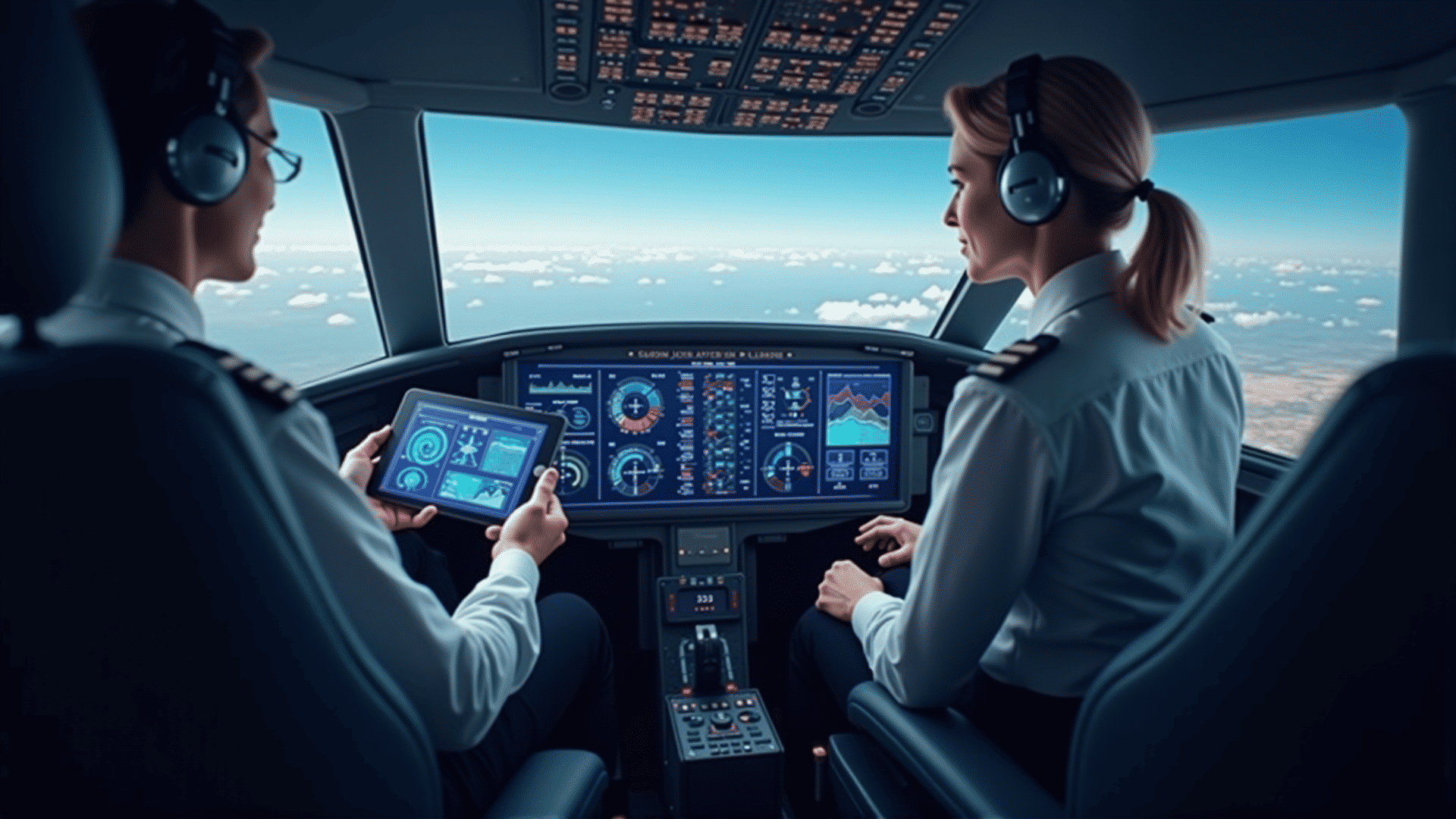As the aviation industry soars into 2024, it is shaped by transformative trends that promise to redefine the future of air travel. From digital innovations to evolving regulatory landscapes, the industry is navigating through an era rich with both unprecedented challenges and remarkable opportunities. As we delve into these trends, it becomes essential for stakeholders to adapt and equip themselves with the necessary knowledge to thrive in this dynamic environment.
Digital Transformations
One of the most significant trends reshaping aviation is the rapid pace of digital transformation. Airlines and airports are increasingly investing in cutting-edge technologies to enhance operational efficiency and customer experience. Artificial Intelligence (AI) and Machine Learning (ML) are being utilized to improve predictive maintenance, optimize flight paths, and streamline operations in real-time. These technologies not only reduce costs but also minimize delays and improve safety standards.
Biometric technology is revolutionizing passenger processing, with biometric boarding and security clearance becoming mainstream. Passengers can now enjoy a seamless, contactless experience at airports, with facial recognition technology speeding up processes from check-in to boarding. The push towards digital solutions aims to alleviate congestion, especially as air travel demand rebounds post-pandemic.
Sustainability Efforts
Sustainability continues to be a driving force in the aviation industry. In 2024, we are witnessing a concerted effort to reduce carbon footprints, with many airlines committing to achieving net-zero emissions by 2050. The development and integration of Sustainable Aviation Fuels (SAFs) are receiving significant attention, providing a viable alternative to traditional jet fuels. Alongside this, advancements in electric and hybrid aircraft technology are progressing, with several prototypes expected to begin flight testing in 2024.
Airports are also embracing green initiatives, implementing energy-efficient systems and sustainable infrastructure to minimize environmental impact. The focus on reducing emissions and increasing resource efficiency is not only a regulatory need but also an imperative driven by changing consumer expectations.
Regulatory Changes
As the aviation industry becomes more interconnected, regulatory bodies are adapting to maintain safety and compliance while fostering innovation. In 2024, significant regulatory changes are expected as authorities around the world harmonize standards for emerging technologies, particularly concerning Unmanned Aerial Vehicles (UAVs) and Urban Air Mobility (UAM).
The integration of drones into commercial airspace demands a robust regulatory framework to ensure safety and security. Similarly, the potential of urban air taxis is being explored, with regulations to be developed around air traffic management and city integration. Collaborating with tech companies, governments are working to establish guidelines that promote innovation while prioritizing public safety.
Passenger Experience
The passenger experience is at the forefront of aviation trends in 2024. With passengers seeking more personalized and convenient travel experiences, airlines are leveraging big data analytics to offer tailored services. From custom pricing models to personalized offers and in-flight services, the emphasis is on enhancing customer loyalty and satisfaction.
In-flight connectivity is also set to improve significantly, with airlines investing in high-speed Wi-Fi and entertainment options. The cabin experience is evolving, with increased comfort and customized spaces that cater to various passenger needs, whether for relaxation, work, or privacy.
Conclusion
Navigating the evolving aviation landscape in 2024 demands foresight and adaptability. By embracing digital innovations, committing to sustainability, anticipating regulatory changes, and focusing on passenger-centric services, industry players can effectively manage challenges and seize new opportunities. The future of aviation is not just about flying higher and faster; it’s about flying smarter and more sustainably, creating a seamless and enriching experience for all involved. As the industry climbs to new altitudes, staying informed and agile is crucial to soaring alongside it.
